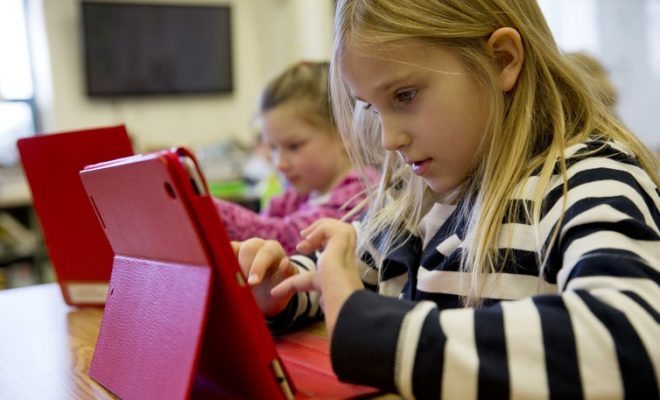How to Teach Kids Social Justice in the Digital Age

The term “social justice” refers to fair and equal relations between individuals and society. This includes the distribution of wealth, social privileges, and opportunities. People should be treated equally and without prejudice regardless of gender, sexuality, ethnicity, social status, religion, and so on.
Social justice is about more than simply helping an individual. It’s about getting to the root causes of social issues (homelessness, poverty, discrimination) and taking positive action.
In the digital age, taking positive action is easier and potentially more impactful than in the past. With the power of the Internet and social media, individual voices can reach beyond the local level to regional, national, and even global audiences.
For these reasons, it’s crucial to teach kids about social justice and about how to use their digital platforms for good.
Share Examples
Begin by reading news stories or books about social issues and social justice. Show your students examples of kids or teenagers fighting for social justice.
Along with the examples at the links above, you may want to discuss the survivors of the Parkland shooting, who have used their platform to raise awareness about gun violence and advocate for safer gun laws.
Brainstorm ways to advocate for social justice online, including lobbying lawmakers, Tweeting out campaign hashtags, creating or signing petitions, writing viral blogs or filming viral videos, and so on.
Explore Solutions
Teach kids that while fundraisers and volunteer work are important, it’s also essential to consider the root causes of the social issues being addressed.
For instance, if your school is holding a food drive for the homeless, also talk to your students about unfair housing policies, the stigma and stereotypes associated with homelessness, and possible solutions to these problems.
Of course, kids must understand that there’s no “magic solution” to deeply rooted social woes. But every step in the right direction makes a difference, even if it’s only in your immediate community. And students can reach a larger audience via their digital “communities” by posting or blogging about the issues that matter to them.
Teach Respectful Debate
Read just about any comment section online, and you’ll find commenters debating social justice issues. These debates are often the opposite of courteous: Expect to see foul language, name-calling, and logical fallacies galore.
Explain to your students that if they post about social justice online, they can expect some amount of debate or disagreement from others.
Teach them to handle these debates with grace, calmly stating their points rather than attacking the person who disagrees with them. An effective social justice advocate knows how to use facts to support their points. Resorting to name-calling will not win anyone over to your side, and it diminishes the issues you’re trying to shine a light on.
The ability to discuss controversial issues with people who don’t agree with them is a skill that will serve your students for years to come.
Conclusion
In the digital age, advocates for social justice now have the ability to reach a much wider (even global) audience via the Internet and social media platforms.
Teach kids to use this power for good by reading about social issues, sharing examples of influential social justice campaigns, and instructing them on the art of respectful debate.
Social media causes more than enough negativity—Let’s teach our children to harness its power for positive social change.






